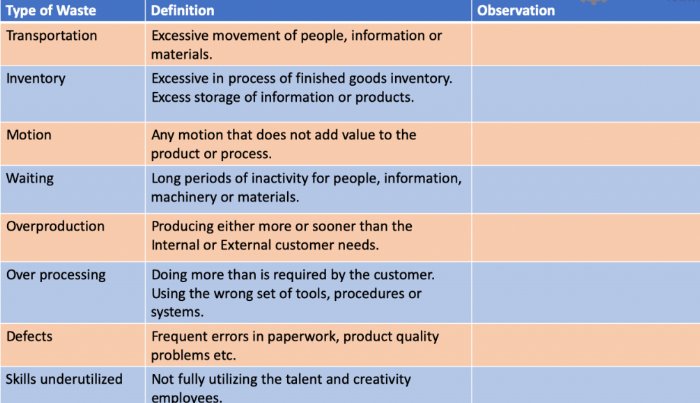 As Robert M. Pirsig reminds us in "Zen and the Art of Motorcycle Maintenance," the concept of quality doesn't lend itself to easy description:
As Robert M. Pirsig reminds us in "Zen and the Art of Motorcycle Maintenance," the concept of quality doesn't lend itself to easy description:
"Quality... You know what it is, yet you don't know what it is. This is paradoxical. Some things are better than others, that is, they have more quality. But when you try to say what Quality is, apart from the things that have it, well, it all goes poof! But if no one knows what it is, then for all practical purposes it doesn't exist at all. But for all practical purposes it *does* exist. What else are grades based on? Why else would people pay fortunes for some things and throw others in the garbage? Obviously some things are better than others... but what's the 'better'?"
Any definition of quality depends on the person trying to define it, whether customer or manufacturer (and even within these categories, definitions vary). One of the principles of Quality Management is that any definition of quality must begin with the customer's perspective. Working from this perspective means achieving customer-centric quality, that is, always trying to keep in mind how customers visualize, experience, and use a product.
Obviously, the product that customers see and use is influenced by how it was designed and manufactured and by the services associated with the product itself, but these factors should only represent the actions taken by the manufacturer to translate customer desires and needs into requirements, to create a product design and manufacturing process that meets those requirements, and to monitor and measure this process to ensure it always conforms to customer requirements, from beginning to end.
In general, the term "customer" refers to the recipient of the output of any stage of a process. In manufacturing, for example, the customer could be a production line worker, a distributor, a retailer, or a person who purchases the product. All these figures are parties that fully fall within the value stream and should influence decisions related to the product.
From the customer's point of view, quality is proportional to how much the product overlaps with their expectations. To make our job easier, David Garvin identified eight dimensions of quality that help us better understand this important step and think from the customer's point of view. Let's see what they are:
- Performance – this first dimension includes the operating characteristics of a product, such as speed, comfort, and ease of use; most products have multiple performance characteristics, and customer preferences determine their relative importance (e.g., high acceleration versus high mileage with a certain amount of gasoline);
- Features – in this second group, we find the extras, add-ons, or those devices that allow a customer to customize a product in some way;
- Reliability – reliability is the probability that the product will function as expected (without malfunctions) at a given time and for a given period of time;
- Conformance – it is the degree to which the product meets or conforms to pre-established standards;
- Durability – "durability" means the product's operation over time before it deteriorates and needs to be replaced; durability depends on the operating environment and the reliability of the product;
- Serviceability – includes the speed with which maintenance operations can be carried out, the ease in doing them, and also the convenience in carrying out repairs. This dimension of quality also includes the courtesy and competence of the technicians;
- Aesthetics – includes the appearance of the product, the feeling it gives us to use it, possibly the taste, sound, or smell it produces according to the customer's personal taste. Although this dimension of quality is, of course, very subjective, some aesthetic judgments tend to be universal;
- Perceived Value - is composed of ideas about the product that a customer might have based on images or messages conveyed by advertising and/or the reputation of the manufacturer. Furthermore, it is the dimension that most closely concerns the quality of the service, for example, the availability of the product, the support offered by the manufacturer after its purchase, a competent and courteous sale, the presence of support staff, etc.
To be considered of high quality, a product does not need to be evaluated by customers with very high scores in all dimensions of quality, but only in those that customers really care about, which is why it is so important to study our customers and fully understand their desires and needs. The connection between quality and cost of a product represents the very concept of value, the extent to which customers believe they have paid a good price for the quality they have received in return.
Another tool available to those who want to set up quality with a customer focus is the VOC, "Voice of the Customer," which helps us understand their desires and needs. After identifying who our customers are, the challenge for every company is to define the complete set of their desires and needs to understand where to work to achieve their complete satisfaction.


